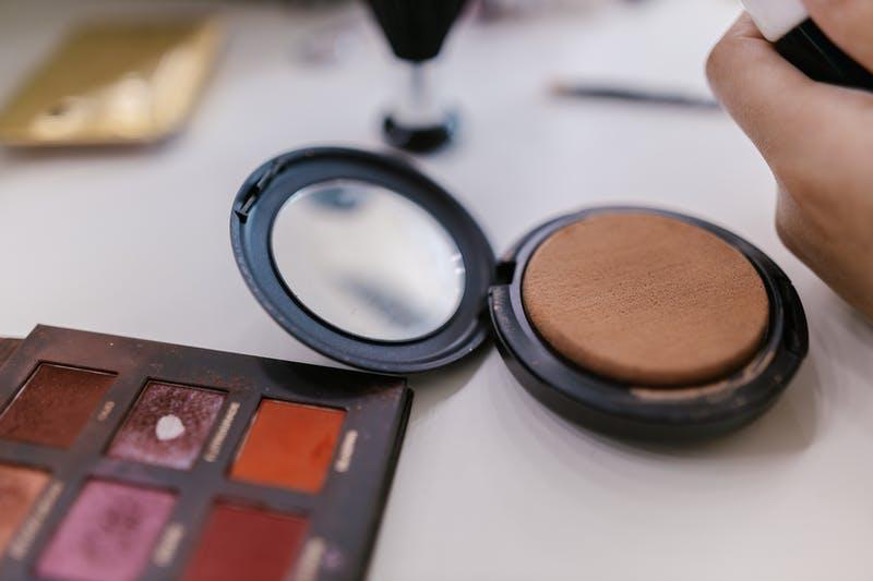In today’s digital age, the term “green” has become extremely popular in the beauty industry. From plant-based makeup to natural skincare products and cruelty-free cosmetics, consumers are more aware than ever about the impact their purchases have on the environment. However, with so many options available on the market, it can be challenging for consumers to know which brands align with their values.One of the most prominent raw materials present in green beauty is hemp. Commonly used for its versatile fibers and oils, hemp has been utilized for thousands of years across a variety of applications. In addition to being one of the first plants ever grown for human consumption by humans (estimated around 10,000 years ago), hemp has also been used as a natural dye source for fabric and yarn production. As demand for sustainable clothing continues to grow, so too does interest in using hemp as a raw material in other industries such as cosmetics.
What is Hemp?
Hemp is a unique variety of the Cannabis sativa plant species. Despite its name, it does not produce any psychoactive substances. In fact, the hemp plant contains low levels of tetrahydrocannabinol (THC), the main psychoactive ingredient found in cannabis. Hemp fibers are naturally high in protein and can be cultivated using less water than cotton and other fabrics. Hemp fibers are also stronger and more durable than cotton and can be used to create a variety of products including clothing, fabric, paper, building materials and more. Hemp oils are also high in antioxidants and fatty acids and contain no THC. Hemp seeds and hemp seed oil are also widely used in a variety of products including cosmetics, skincare and food. For decades, hemp has had a rich history in the cosmetics industry. In fact, it is believed that Cleopatra used hemp as a skincare ingredient in her beauty regime. Nowadays, hemp can be found in a variety of products from moisturizers and cleansers, to lip balms and shampoos. Hemp is typically used in natural and organic cosmetics due to its sustainability and eco-friendly nature. The plant is extremely versatile and is cultivated across the world in a number of different countries.
Benefits of Hemp Cosmetics
The hemp plant has a number of unique benefits that make it a popular ingredient in natural and green beauty products. Hemp is a sustainable crop that grows quickly without the use of pesticides, herbicides or chemical fertilizers. This makes hemp a much more environmentally friendly option than other plant-based materials on the market. Hemp is also extremely versatile, making it compatible with a large variety of products including skincare, makeup, hair care and other beauty products. Hemp can also be used to create sustainable packaging material, such as paper and fiberboard, making it a truly environmentally friendly crop. Hemp is a rich source of antioxidants. As we age, our skin begins to lose its natural vibrancy and elasticity. This is largely due to the build-up of free radicals and oxidative stress in the skin from environmental pollutants. Thankfully, hemp is packed with these antioxidants and can help to reverse this process and keep skin looking younger for longer. Hemp is also a rich source of fatty acids and minerals that are essential for healthy, hydrated skin.
The History of Hemp in Cosmetics
Hemp has been used for thousands of years for its versatility and sustainability. Early civilizations used the plant to make fabric and rope, and other cultures used it in skincare and even as a food source. But it wasn’t until the early 20th century when the plant was pressed into service as a raw material in the production of cosmetics. In the early 1900s, chemists in France and Germany began experimenting with the use of hemp in cosmetics. This was seen as a way to reduce dependence on raw materials such as animal fats and lanolin which were in short supply due to World War I. Cosmetics manufactured in the U.S. were also facing restrictions on the use of these raw materials since they were not being produced domestically. In the 1930s, the U.S. Department of Agriculture (USDA) began experimenting with different strains of hemp and hemp seed oil to see if they could be used in cosmetics. At the time, hemp was not regulated and could be easily obtained. It was then used in a variety of beauty products including lip balms, shampoos and bath soaps.
How is Hemp Used in Skincare?
As mentioned above, hemp is a rich source of antioxidants, fatty acids and minerals that are essential for healthy, hydrated skin. While hemp is most commonly used in natural and organic beauty products, it can also be found in some conventional brands. Hemp is commonly added to moisturizers, cleansers and serums as a powerful ingredient that helps to hydrate and nourish skin. It can also be added as an additional raw material in products such as cleansers, soaps and lip balms. Hemp is most commonly used as a substitute for silicones, which are synthetic ingredients that are added to many skincare products. Silicones are great for adding shine and creating a smooth, long-lasting finish. However, they are not easily absorbed by the skin and can sit on top of the surface, preventing other ingredients from being absorbed. By contrast, hemp is a natural, non-irritating ingredient that can be readily absorbed by the skin. This makes it an excellent choice for nourishing and hydrating skin without clogging pores or disrupting the skin’s barrier function.
Final Words
Hemp is an extremely versatile plant that has been used for thousands of years across a variety of industries. It is commonly used in natural and green beauty products due to its sustainability and versatility. Hemp is a rich source of antioxidants that can help to reverse the aging process and keep skin looking younger for longer. Hemp can be added to a variety of products including moisturizers, cleansers and serums, making it an excellent choice for nourishing and hydrating skin.

